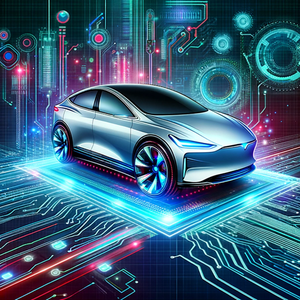Chinese battery technology has been steadily gaining traction in the US electric-vehicle market, as many manufacturers prioritize price and safety over energy storage, reported the Financial Times in an article appearing on their site recently. This article points out that Adamas Intelligence's research indicates that around 50% of all EV batteries sold in China last year were lithium iron phosphate-based; while this figure was only at 9% for those bought in America - a remarkable jump from 0%.
This month, a revolutionary start-up named Our Next Energy will be introducing lithium iron phosphate (LFP) batteries in Michigan, the FT stated. Their $1.6bn manufacturing plant promises to supply sufficient LFP batteries for 200,000 EVs by 2027 - drastically changing the American share of this market, the FT noted.
Moreover, with plans to expand next year, it looks like Our Next Energy is here for the long haul, the FT stated. The FT point's out that Ford recently declared they would be licensing the LFP battery technology from China-based supplier CATL, urging to provide customers with a cost-efficient option.
Additionally, in February a GM executive mentioned their exploration into using more of these batteries as well. Ryan Castilloux, founder of Adamas Intelligence noted that "the second coming of LFP is starting to move west" and making its way through the battery industry with great success and many benefits for customers! LFP batteries are a form of the lithium-ion battery, the main form of energy storage in electric vehicles.
The batteries in electric cars sold in the US to date have primarily contained a combination of nickel with manganese and cobalt (NMC) or manganese and aluminum in a battery’s cathode.
Visit the links below for more information.


